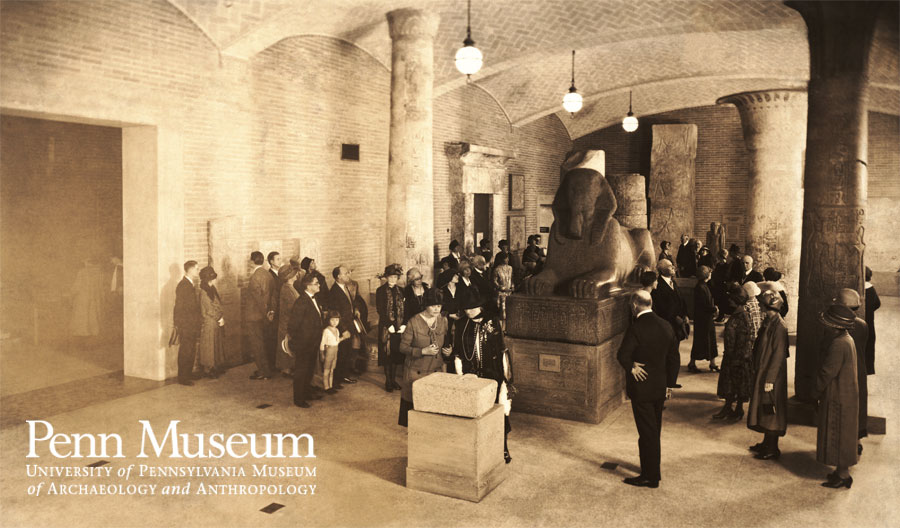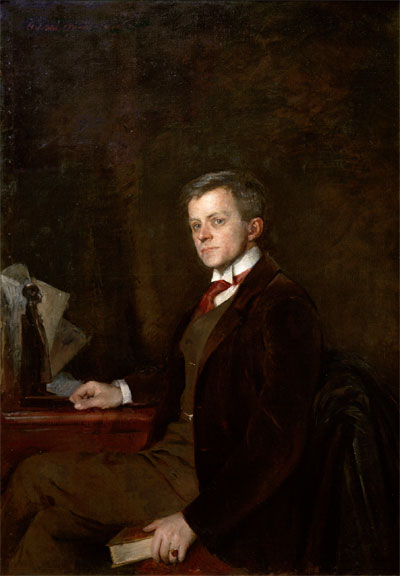
His frail body sheltered the spirit of a courteous gentleman of high culture and lovable and gentle character. There are many who feel that in his death a man of rare quality and parts has passed away — an American gentleman of the truest and highest type. From the Bulletin of the American Institute of Mining Engineers, Monthly Bulletin No. 120 (December, 1916).

Eckley Brinton Coxe, Jr. (1872– 1916), is remembered today as one of the Museum’s greatest early donors. Born into a wealthy Pennsylvania coal mining family, the death of his father in Egypt when Coxe was only one apparently resulted in a life-long passion for ancient Egypt. As President of the Museum’s Board from 1910 to 1916, and together with Charles Custis Harrison as Board Vice President and George Byron Gordon as Director, he ushered in one of the most glorious periods of Museum history.
Coxe began financing the Museum’s publications in 1896; he later funded its first archaeological expeditions to Egypt and Nubia from 1907 to 1911. Prior to his early death, Coxe’s financial aid covered half of the institution’s operating expenses, as well as a number of salaries, expeditions, collections, and the addition of two wings to the building. The Rotunda, completed during his lifetime, was named for Harrison, at Coxe’s request. Although the Coxe Wing did not open until 1926, ten years after his death, it remains his lasting tribute, together with the generous endowment he left for the Museum’s Egyptian research.
